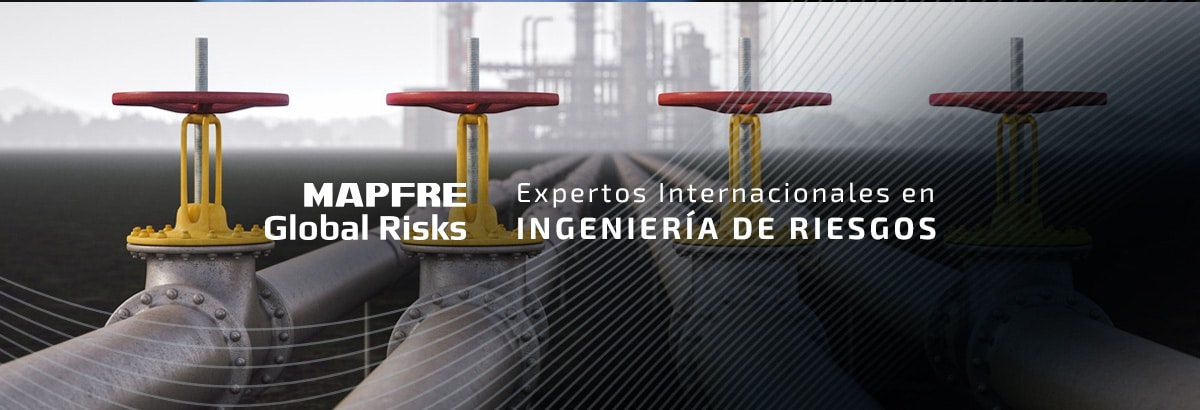Cristina Leon Vera | 21/08/2025
The decarbonization process in the oil & gas sector is rooted in growing awareness of climate change and the need to reduce greenhouse gas emissions.
A key milestone was the Paris Agreement, an international treaty signed on December 12, 2015, in which countries committed to limiting the global temperature rise to less than 2°C above pre-industrial levels this century. The agreement entered into force on November 4, 2016, and was signed by 194 parties (193 countries plus the European Union).
From this moment on, a series of measures were adopted by the signatory countries, including:
- Transition to renewable energy: There has been a considerable increase in the adoption of renewable energy, especially solar and wind. Installed solar power capacity has exceeded expectations, with 452 GW installed by the end of 2024compared to a forecast of 350-400 GW, which has contributed significantly to reducing emissions.
- Electric mobility: Promoting electric vehicles has been a priority. Many countries have set ambitious goals for phasing out internal combustion vehicles and have incentivized the purchase of electric vehicles . For example, in Spain, the MOVES III plan, which incentivizes the purchase of plug-in hybrid and electric vehicles, with increased assistance if the old vehicle is scrapped, was extended into 2025.
- National commitments: Countries have submitted and updated their Nationally Determined Contributions ( NDCs ), which are plans to reduce emissions and adapt to climate change. Although some commitments are still insufficient, there is an ongoing effort to improve them.
- Climate finance: Funding for climate change mitigation and adaptation projects has increased. Financial institutions and governments are allocating more resources to support the transition to a low-carbon economy. The World Bank plans to allocate 45% of its annual financing to climate projects (more than USD 40 billion) during the 2024-25 period, and the EU has developed the LIFE program to finance projects related to the circular economy, zero pollution, climate change mitigation and adaptation, among others, with a budget of €5.4 billion between 2021 and 2027.
- Research and development: Funding for research into and development of clean technologies has increased. Many governments have introduced tax incentives and subsidies for companies and research centers developing low-carbon technologies. Alliances and collaborations have been established between countries, universities, and companies to share knowledge and accelerate the development of decarbonization technologies. For example, initiatives like Mission Innovation , which emerged during COP 21 in Paris in 2015, brought together more than 20 countries (including Spain, Germany, France, the United States, China, India, Brazil, Japan, Canada, among others) with the objective of accelerating public and private investment in clean energy innovation to make it affordable, attractive, and accessible. The grouping has collaborated with the European Investment Bank (EIB) and the World Bank to finance climate innovation projects.
At national level, it’s worth highlighting the creation of the National Integrated Energy and Climate Plan (PNIEC) 2021-2030, which established clear objectives, including a 23% reduction in greenhouse gas emissions compared to 1990 and a 42% increase in the use of renewable energy in the overall consumption balance.
The oil industry, one of the largest generators of CO2, has been forced to reconfigure its business model , driven by the need to reduce emissions, a requirement imposed by governments, markets, and society. Companies are reshaping their identities, pivoting from being exclusively oil operators to becoming integrated energy companies. This includes investing in the production and marketing of renewable energy (solar, wind, green hydrogen), carbon capture and storage (CCS), electric mobility and charging infrastructure, and digital solutions to improve energy efficiency.
These decisions are not altruistic, but strategic: global oil demand, although still robust (exceeding 102 million barrels per day in the second quarter of 2025), is showing signs of stabilizing, particularly in advanced economies. Demand is estimated to rise to 105.5 million barrels per day in 2030, with a slight progressive decline in subsequent years. Electric mobility and energy efficiency are reducing the structural growth of fossil fuel consumption.
Specific measures being implemented, in addition to energy diversification, include the following types of projects:
- Process electrification: Replacing steam turbines with electric motors in large items of equipment like compressors and process pumps.
- Carbon capture: The CO2 generated in refining processes (mainly furnaces) is captured and stored in deep geological formations.
- Use of green hydrogen: Replacing gray hydrogen (from hydrocarbons such as natural gas) with green hydrogen (generated by renewable energy sources such as solar or wind).
- Reducing methane emissions: Includes promoting measures to detect and repair methane leaks at industrial facilities. Methane has a greenhouse effect 30 times greater than that of CO2.
- Biofuel production: This is the co-processing of fossil raw materials with organic products, primarily vegetable oils, used vegetable oils, or animal fat residues. Other products such as biomass or urban waste are also beginning to be used. These give rise to products such as HVO (hydrotreated vegetable oil) or SAF (sustainable aviation fuel), terms that are increasingly cropping up in the media. The latest projects underway only use residual products of plant or animal origin (second-generation plants) as raw materials.
Spanish companies are making a strong commitment to the decarbonization process. Among the specific measures being taken by leading companies are:
REPSOL
- Biofuel production. Since March 2024, a biofuel plant has been operating at the Cartagena industrial complex, where up to 250,000 tons of renewable fuels (HVO and SAF) are produced from organic waste like used cooking oil. A municipal solid waste processing plant is planned for Tarragona to produce up to 240,000 tons of green methanol per year by 2029.
- Renewable hydrogen generation. Repsol currently has a 2.5 MW electrolyzer in operation at the Petronor complex, which will be installed in 2023, and plans to install new electrolyzers at its Cartagena (100 MW by 2028) and Tarragona (150 MW by 2026) complexes.
- Electrification. Replacing steam turbines with electric motors, such as the olefin compressor in Puertollano, completed in 2023. Other similar projects are underway at the plants in Tarragona and Sines (Portugal).
- Diversification. Repsol has acquired renewable assets (hydroelectric, photovoltaic, and wind) and has several national and international projects underway, aiming to have between 9 and 10 GW installed by 2030.
MOEVE
- Biofuel production. A HVO project is underway to produce up to 600,000 tons a year of HVO and SAF from used cooking oils and animal fats, scheduled for completion by the end of 2026.
- Renewable hydrogen generation. Moeve is participating in the Andalusian Green Hydrogen Valley project, which plans to produce up to 2 GW of green hydrogen at the two energy parks, in Palos de la Frontera (Huelva) and San Roque (Campo de Gibraltar, Cádiz). The project is expected to be fully completed by 2028.
EXOLUM
- Biofuels. Exolum is involved in a joint project with HOLCIM and IGNIS P2X that aims to produce 100,000 tons of SAF a year from CO2 captured at Holcim’s Villanueva de la Sagra plant in Toledo and green hydrogen.
- Renewable hydrogen generation. A project designed to generate up to 60 tons of green hydrogen per year at the H2 Henares plant in Madrid.
ENAGAS
- Renewable hydrogen generation. Together with ACCIONA, Enagas has a 2.5 MW green hydrogen generation plant in operation in Mallorca since 2024.
- Underground hydrogen storage. With two projects underway (FrHYGe and Pure H2), focused on the purification of gas stored in caverns.
- Adapting the current natural gas network to use hydrogen, as part of the GreenH2Pipes Project.
- New green hydrogen networks. Enagas is participating in the H2med project to create a European hydrogen corridor.
The Spanish oil industry is making progress toward decarbonization through investment in renewable energy, biofuel production, and green hydrogen projects. In the future, greater integration of clean technologies and a significant reduction in emissions are expected, aligning with sustainability goals and European energy transition policies. Collaboration between the public and private sectors will be key to achieving these goals. However, there is still a long way to go.

Bernardo Legaz García
Risk Engineer / Engineering Area





